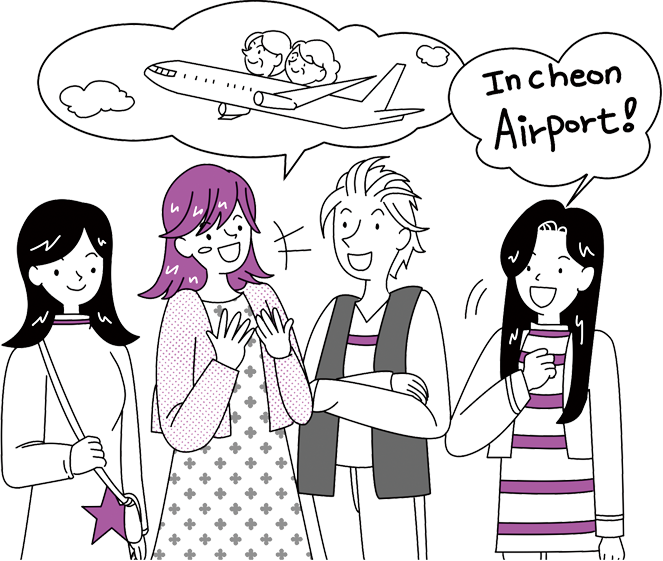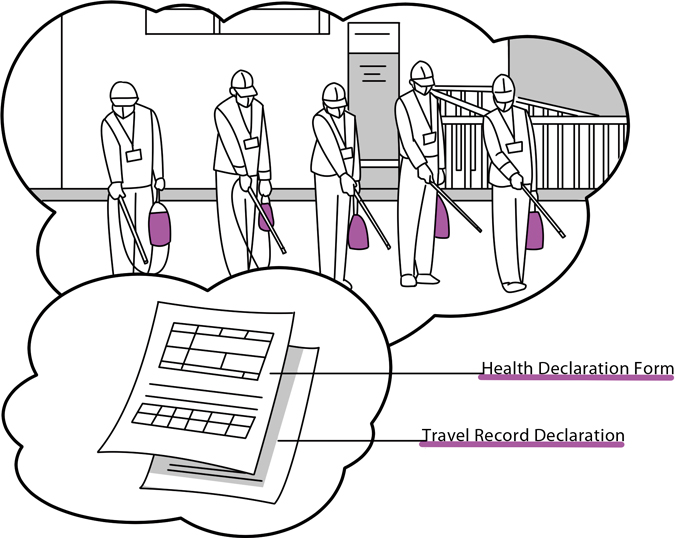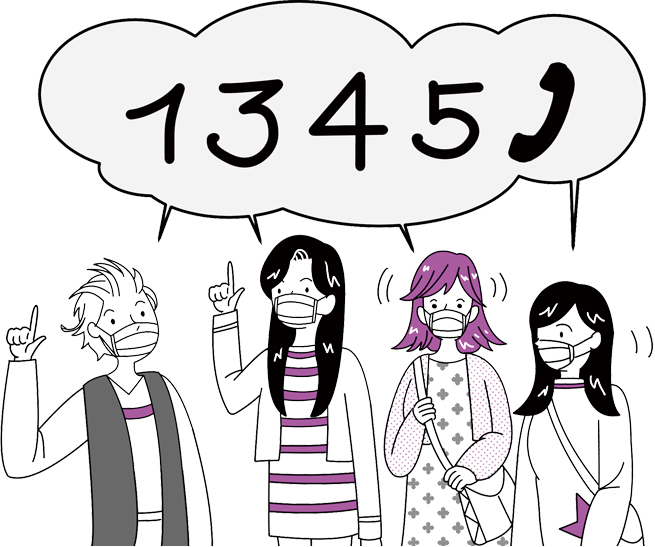While in Korea
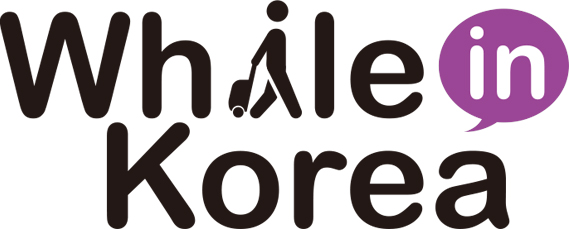
Protecting Yourself Against
a Foreign Virus
Jessie, a German exchange student in Korea, discusses with her friends how to protect oneself against the novel coronavirus outbreak.
Written by • Jung Joo-ri Illustrated by • Yuhaill
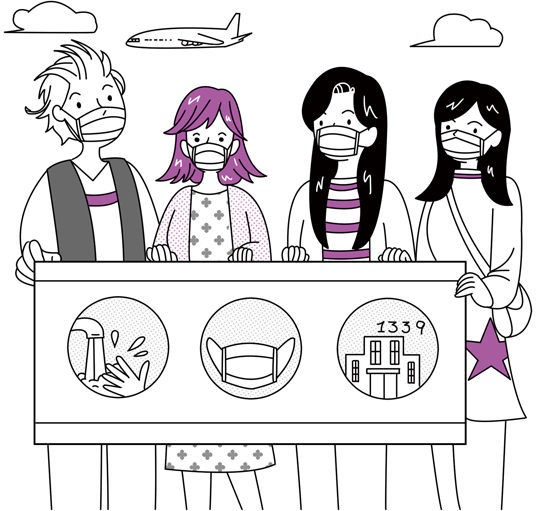
Other Articles
-

Story Shades of History
-

Interview Jung Kwan Chae
-

Trends ‘Newtro’-fueled Normal
-

Spotlight Captivating in Costume
-

Travel Subterranean Theme Park
-

Flavor Corn Dogs
-

Culture Vulture Tal Tales
-

Current Korea Anti—COVID-19 Campaign Goes Viral
-

Global Korea Modern Folk Painting Exhibit
-

While in Korea Protecting Yourself Against a Foreign Virus
 Webzine
© KOCIS. All rights reserved.
Webzine
© KOCIS. All rights reserved.
